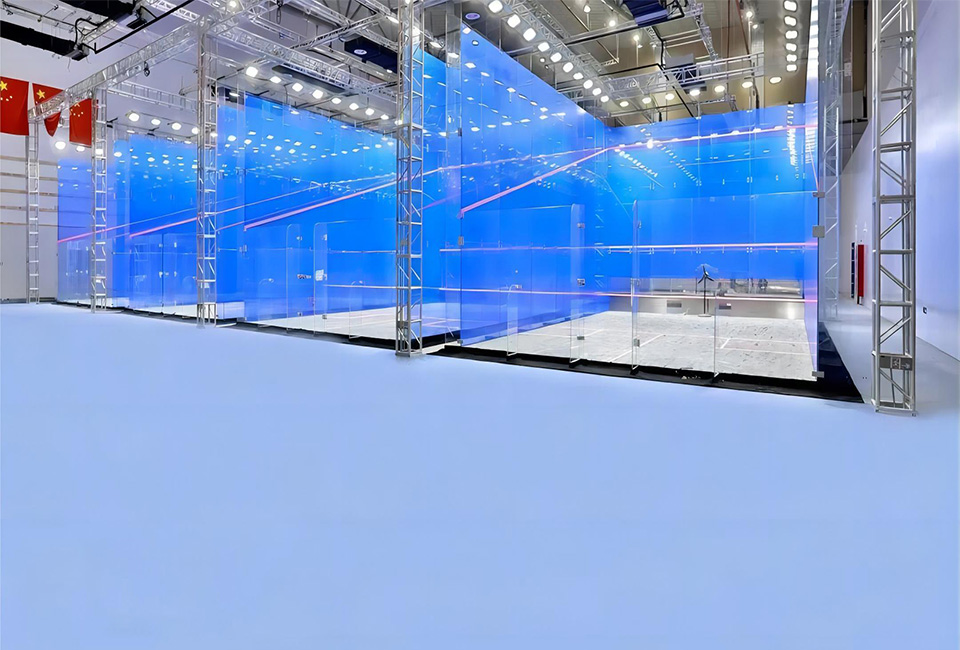

Understanding the Standard Padel Court Dimensions and Design
Padel, a rapidly growing racquet sport that combines elements of tennis and squash, has witnessed a surge in popularity across the globe. One of the key components that contribute to the game's unique appeal is the standard padel court. For enthusiasts, players, and facility owners, understanding the specifications of a padel court is crucial for both gameplay and construction.
Dimensions of a Standard Padel Court
A standard padel court measures 20 meters in length and 10 meters in width
. This rectangular layout is crucial for maintaining the pace and dynamics of the game. The court is divided into two equal halves by a center line, which also serves as the baseline for the serve.The playing area is surrounded by walls, which are typically made of glass or solid materials. The back walls are 3 meters high, while the side walls are generally between 2 and 3 meters. The glass walls not only enhance visibility but also play a pivotal role in the game, as the ball can bounce off them, adding an exciting strategic element.
Court Surface and Markings
The surface of the padel court is typically made from synthetic materials, such as artificial grass, which provides players with a consistent playing experience. The surface should be well-maintained to ensure optimal performance, as it can significantly affect the ball's bounce and the players' movements.

Markings on the court are simple yet functional. The service boxes, which are 3 meters wide and 4 meters long, are located at both ends of the court. Players must serve from within these boxes, and the ball must land in the diagonal service box on the opposite side. The net, positioned at the center, has a height of 0.88 meters at the center and 0.92 meters at the posts. This slight difference ensures a fair play area and adds to the challenge of the game.
The Importance of the Layout
The design and layout of a standard padel court are integral to the gameplay. The enclosed space allows for longer rallies and quick reflexes, making it an engaging experience for both players and spectators. The walls create a unique dynamic, enabling players to utilize them strategically, similar to how squash players use their environment.
The court's proximity to the audience also enhances the spectator experience. Many padel facilities are designed to allow fans to be close to the action, creating an exhilarating atmosphere during matches.
Conclusion
As padel continues to gain traction worldwide, understanding the standard padel court becomes essential for players, coaches, and construction professionals. The dimensions, surface, and layout of the court significantly influence gameplay, shaping the experience for everyone involved. Whether you are a seasoned player or new to the sport, appreciating these elements can deepen your understanding and enjoyment of padel.
Investing in proper court design and maintenance not only enhances player performance but also elevates the overall sporting experience, ensuring that padel remains a sport full of excitement and engagement for years to come.
High-Performance Industrial Flooring Solutions China Paddle Tennis Court for Sale
High-Performance Industrial Flooring Solutions Durable & Cost-Effective
Homogeneous Transparent Floor – Durable & Stylish Rubber Floor Solutions
Premium Homogeneous Transparent Floor for Durable & Stylish Spaces Rubber Floor Solutions
Premium Sports Floor Solutions Durable PVC Sports Floor & Rubber Floor for Gyms
Durable Rubber Composite Floor Premium Rubber Floor & Mats Solutions